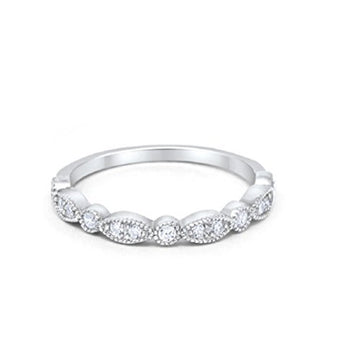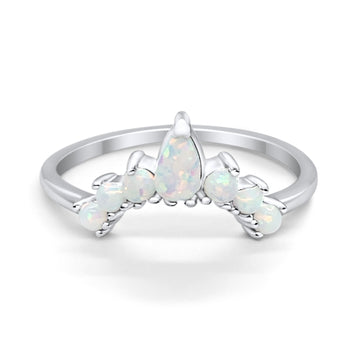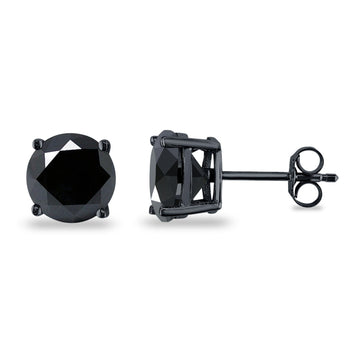Categories
Recent Articles
-
How To Grow Jewelry Business Tips and Tricks April 17, 2023
-
Types Of Earrings March 17, 2022
-
Types Of Rings March 17, 2022
Increasing Demand Of Lab Grown Diamonds
Artificial diamonds, also known as lab-made diamonds or synthetic diamonds, are formed using extremely advanced technical processes under tightly controlled laboratory conditions that mimic the environment in which natural diamonds are formed in the mantle below the earth's crust. Every year diamonds grown in the laboratory occupy an increasing share in the world diamond market, and at the same time the volume of diamonds produced in the laboratory is growing. Laboratory-grown diamonds, also known as synthetic diamonds, have the same physical properties as natural diamonds because they are created in the laboratory using a process that mimics the process of growing natural diamonds, but takes weeks, not billions of dollars. Years.
These laboratory-grown carbon diamonds are exactly the same as greenhouse-grown flowers. They are as authentic as diamonds mined from the earth and sparkle with the same intensity. Lab-grown diamonds are a fast growing trend in the industry. In recent years, the awareness of moral concerns about biological issues and issues of compassion associated with diamond mining, coupled with the high cost of mined natural diamonds, has led to an increase in the popularity of artificial diamonds. Young diamond buyers are under pressure from price, transparency and environmental considerations, and this market segment is growing 15-20% annually, according to a global report. If you're considering purchasing a synthetic diamond jewelry, you might be interested in reading our guide to this fun alternative to natural diamonds
Whether you call them lab-grown diamonds, lab-made diamonds, synthetic diamonds, or imitation diamonds, they are all the same. Natural and lab-grown sapphires have remained separate markets for over 20 years, with synthetic sapphires accounting for 15% of the total market for quality gemstones. The prices of lab-grown diamonds are falling, which could lead to a sustainable development of the jewelry business. As mines become depleted, lab-grown diamonds can partially offset the declining supply of natural diamonds. This forecast does not take into account several factors that could change the balance between supply and demand in the short term and slow down the overall global trajectory.

Laboratory-grown diamonds are currently sold at a significantly lower price than natural diamonds, but the cost continues to decline due to mass production. Consumer confidence and demand for diamond jewelry could be hurt if the US economic downturn slows down the recession and uncertainty in China. on trade tensions. Continuing exchange rate fluctuations and short-term policy changes in India could erode the country's potential, as it has in the past. The biggest potential disruption is consumer preference. Continuous and consistent marketing efforts are essential to sustain long-term demand. Laboratory-grown diamonds are not associated with the unethical practices inherent in mined diamonds.
The reason lab-grown diamonds have an edge over diamonds mined here is because of their purity and hardness, and lab-grown diamonds are ten times stronger than natural diamonds. It is about moving land, dredging into the ocean and destroying habitats. If you love diamonds, get rid of your guilt. Get the shine you want without high prices and unethical considerations. Rather than taking billions of years to form like natural diamonds, laboratory-grown diamonds can be grown in one to four weeks, depending on their size. The lab-grown diamond industry has grown steadily over the past decade as technologies have improved and the number of companies involved in their production has increased. By 2030, the global lab-grown diamond market is projected to reach nearly 19.2 million carats.
Best Sellers
SKU: BAR144896-SL-WG-5
-
Sterling Silver
-
Sterling Silver
SKU: BAR144895-SL-WG-4
-
Sterling Silver
-
Sterling Silver
SKU: BAR144894-SL-WG-6
-
Sterling Silver
-
Sterling Silver
SKU: BAR144892-SL-WG-7
-
Sterling Silver
-
Sterling Silver
SKU: BAR144891-SL-WG-7
-
Sterling Silver
-
Sterling Silver
SKU: BAR144890-SL-WG-7
-
Sterling Silver
-
Sterling Silver
SKU: BAR144889-SL-WG-4
-
Sterling Silver
-
Sterling Silver
SKU: 14KGOLD-BAR1098-2P-CZ-YG-6.5
SKU: 14KGOLD-BAR1098-2P-CZ-WG-6.5



























